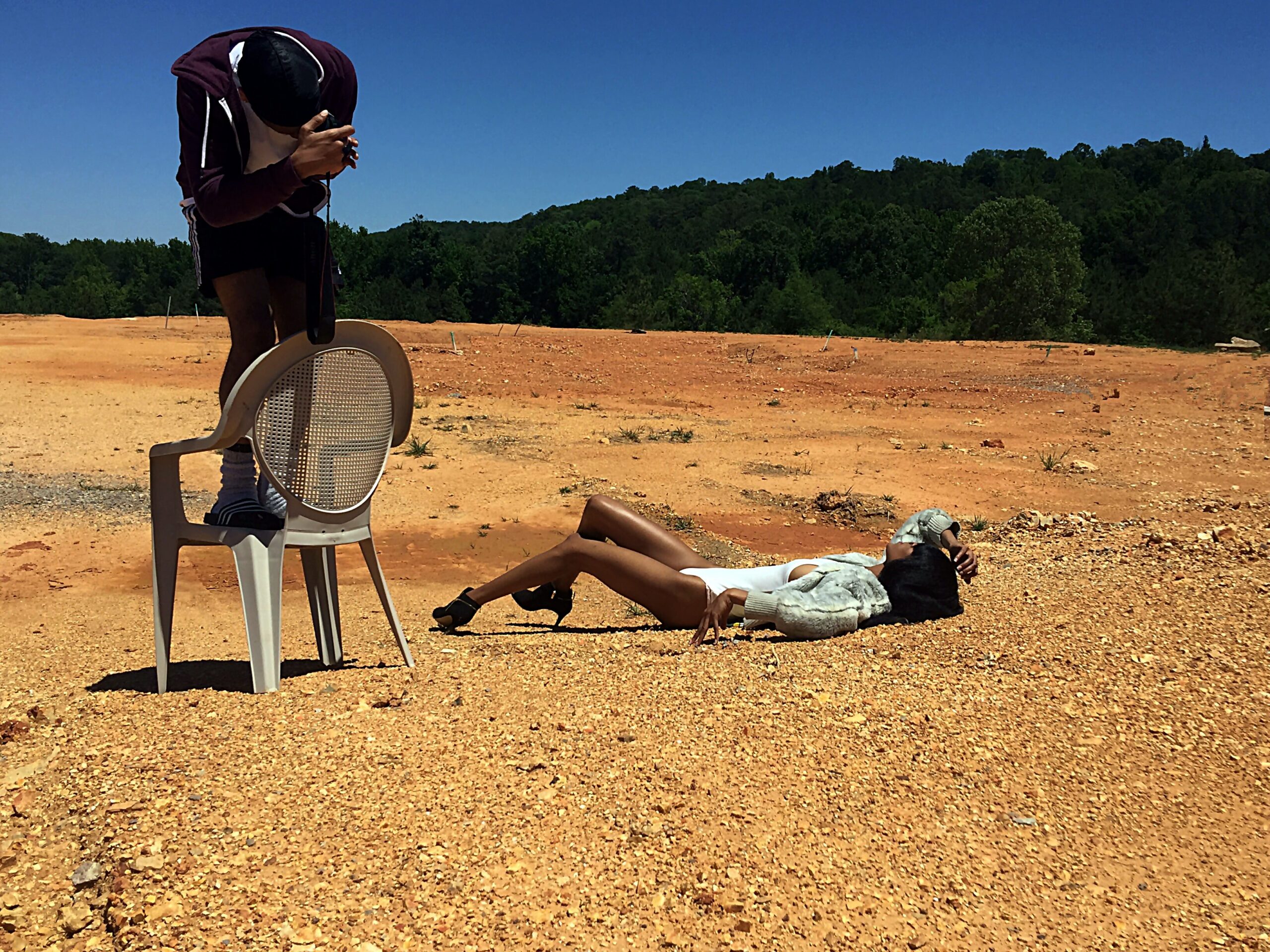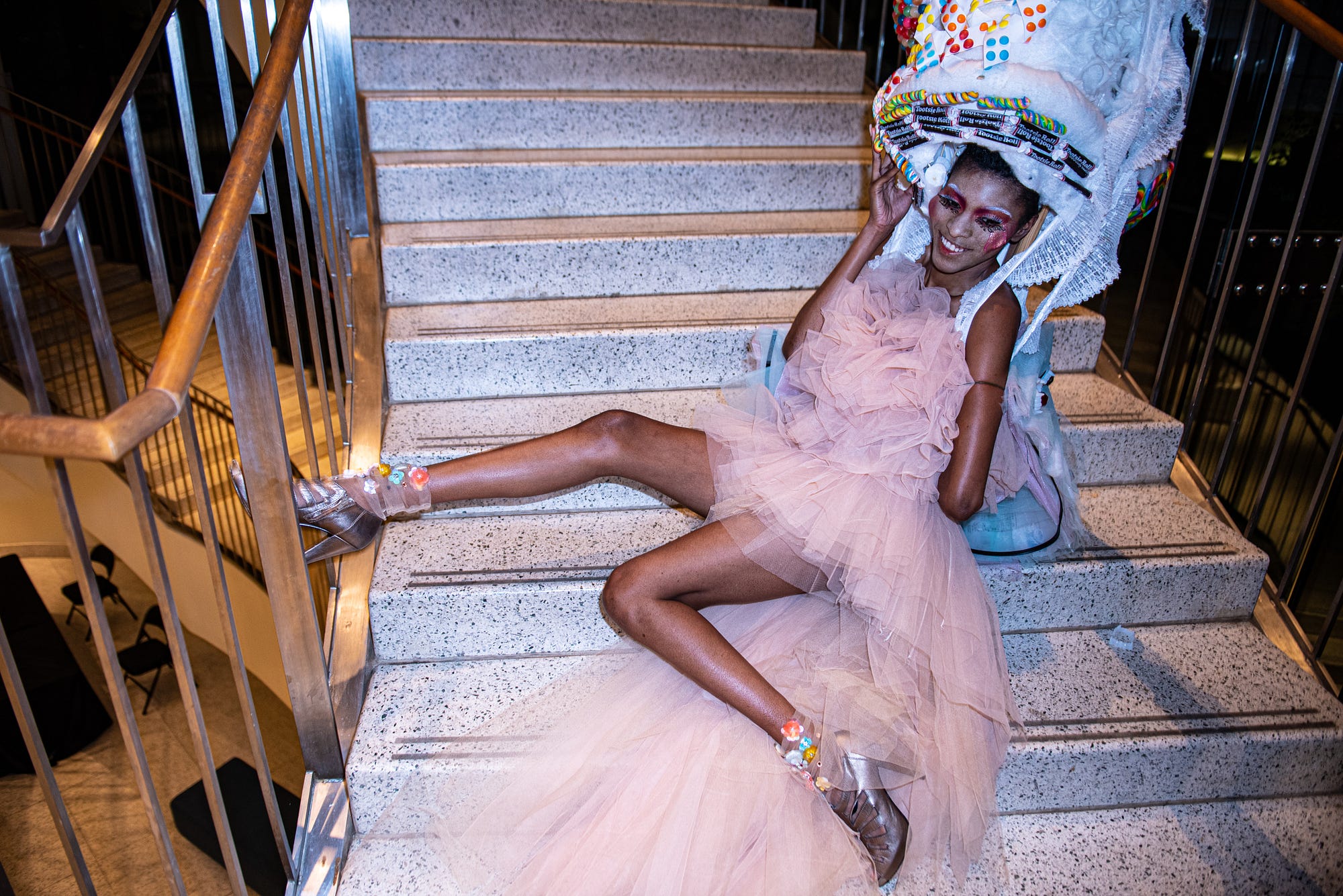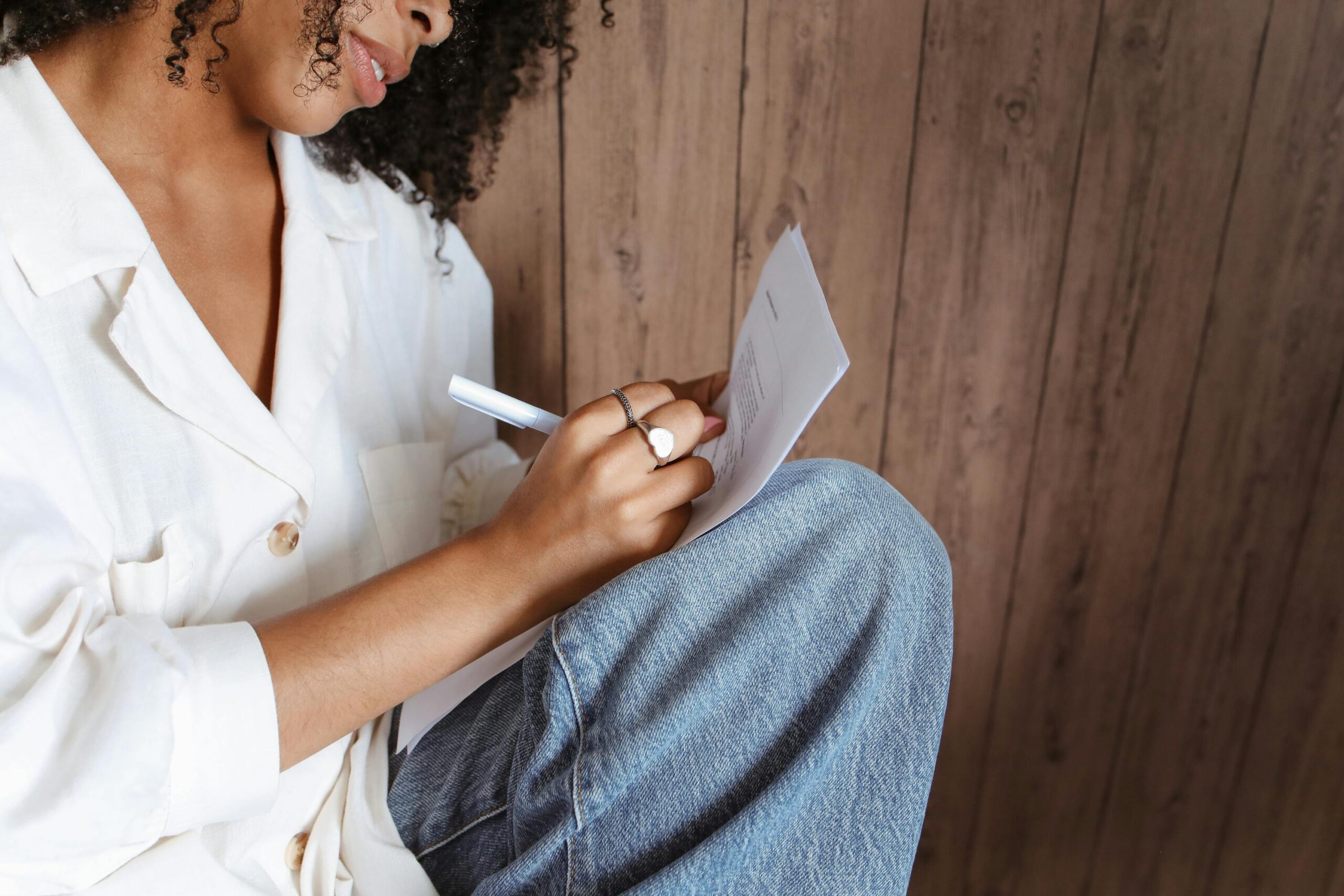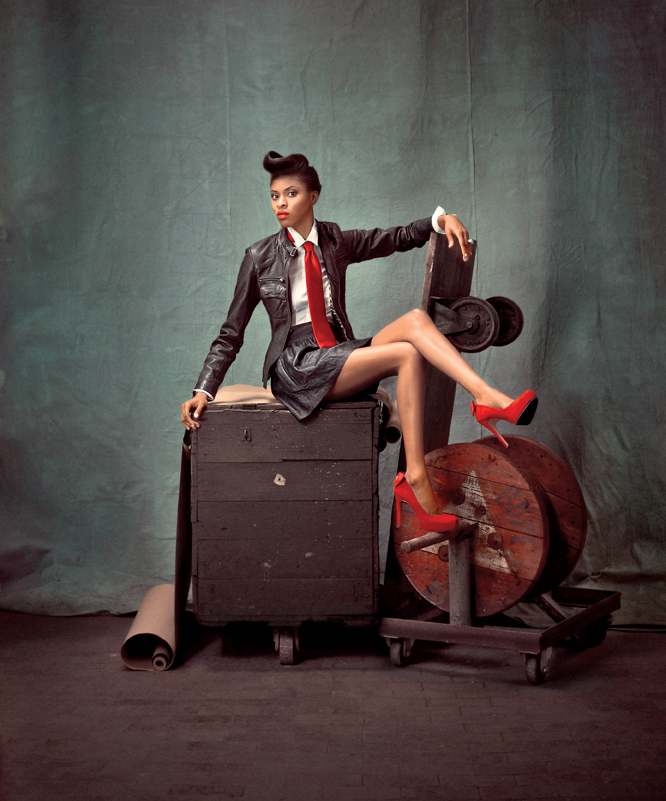The art of movement isn’t about perfection—it’s about authentic expression through intentional awareness.
\\\\\\\\After years on runways and in front of cameras, I’ve learned that the most captivating poses aren’t the ones that look effortless—they’re the ones that feel genuine. Today, I want to share with you the movement practices and mindful techniques that have shaped my approach to posing, hoping they’ll inspire your own journey of self-expression.
Understanding Your Body as Your Canvas
Before we dive into specific poses, let’s talk about the foundation: body awareness. Every great pose begins with understanding how your body moves through space, and this understanding comes from practice, patience, and presence.
The Power of Cross-Training for Movement
My approach to posing has been profoundly shaped by various movement disciplines, each teaching me something different about my body:
Ballet: The Foundation of Grace Years of ballet training taught me the importance of posture, core engagement, and the subtle power of small movements. Ballet isn’t just about grand gestures—it’s about how you hold your shoulders, the extension through your fingertips, the way your neck elongates. These tiny details create the difference between a snapshot and a story.
Yoga: Finding Your Center Yoga brought me mindfulness in movement. It taught me to breathe through poses, to find stability even in challenging positions, and to connect my mind with my body. The awareness I gained through yoga helps me stay grounded during long shoots and find authentic expression even when I’m tired.
Pilates: Strength in Subtlety Pilates gave me the core strength that makes every pose possible. It’s not about big muscles—it’s about controlled, intentional engagement that creates clean lines and confident posture. This practice keeps my body lean and flexible while building the endurance needed for professional shoots.
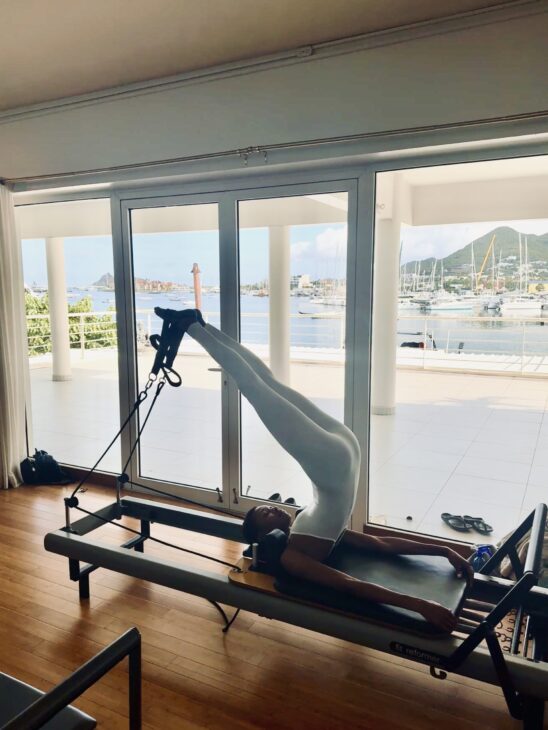
Unexpected Training: The Trampoline Park Discovery
Here’s something that might surprise you: trampoline parks became one of my secret weapons for learning dynamic poses. There’s something magical about learning to control your body while suspended in air. It taught me spatial awareness, how to land gracefully, and most importantly, how to find poise even in unexpected moments. Sometimes the best insights come from the most playful places.
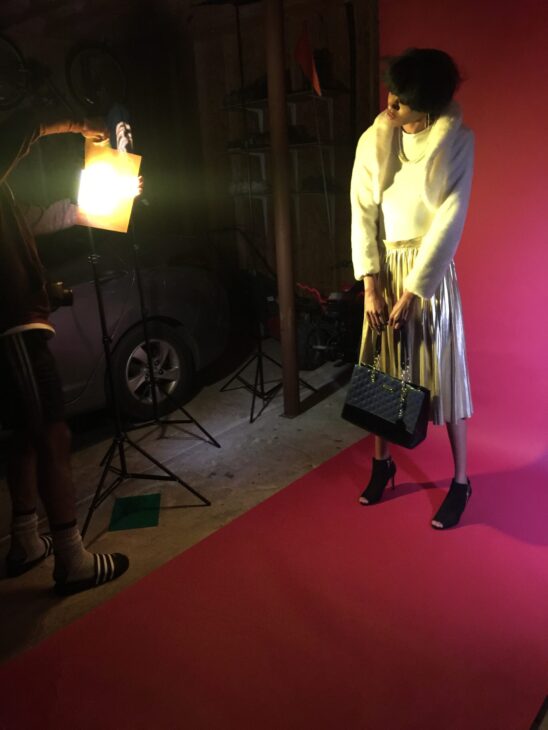
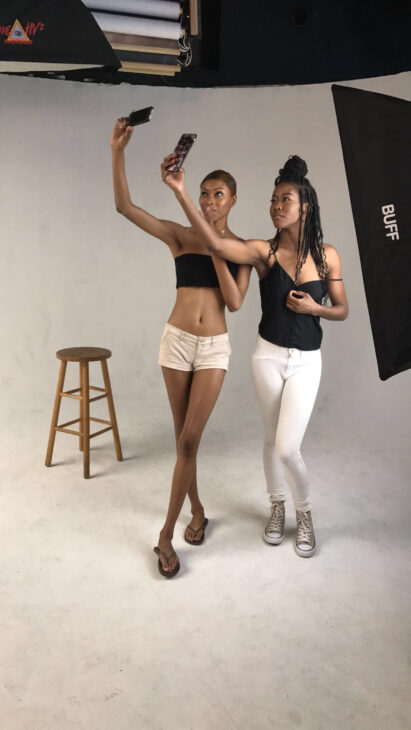
The Mirror: Your Most Honest Teacher
One of my most valuable practices happens in the privacy of my own space, standing before a full-length mirror. This isn’t about vanity—it’s about building a vocabulary of authentic expression.
The Head-to-Toe Check-In
I start every mirror session with a full-body scan:
Eyes: Are they soft or intense? Are you looking at the camera or beyond it? Your eyes tell the story before anything else.
Smile: There’s a difference between a genuine smile that reaches your eyes and a posed one. Practice various levels—from mysterious hints to radiant joy.
Hands and Fingers: These are often overlooked but incredibly expressive. Practice different hand positions: relaxed, elegant, strong, delicate. Even a slightly curved finger can change the entire mood.
Posture: Your spine is your lifeline. Whether you’re slouching for a casual vibe or standing tall for power, make it intentional.
Feet: Even when they’re not visible, your foundation affects everything above. Practice different stances and notice how they change your entire presence.
Building Muscle Memory
The goal isn’t to memorize robotic poses—it’s to develop muscle memory for authentic expression. Spend time each day practicing transitions between poses, feeling how your body naturally wants to move. This creates a fluid grace that no amount of direction can replace.
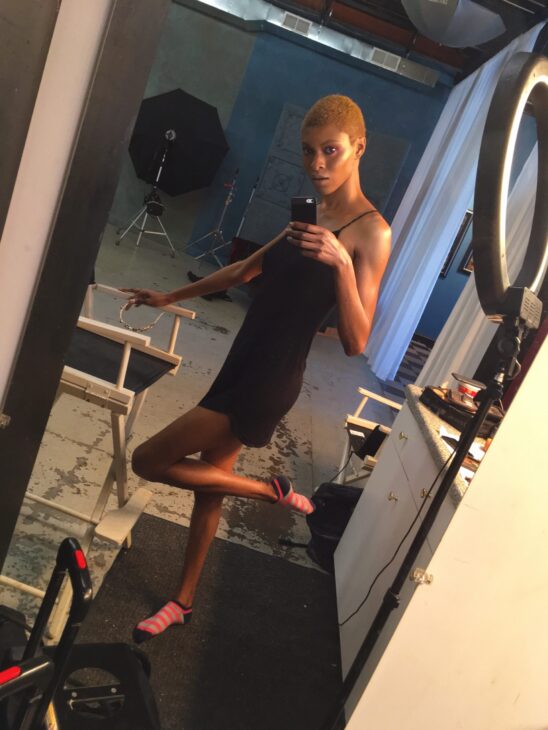
Reading the Room: Understanding Your Client’s Vision
One of the biggest mistakes I see emerging models make is bringing the same energy to every shoot. A successful model is a chameleon, adapting to serve the story the client wants to tell.
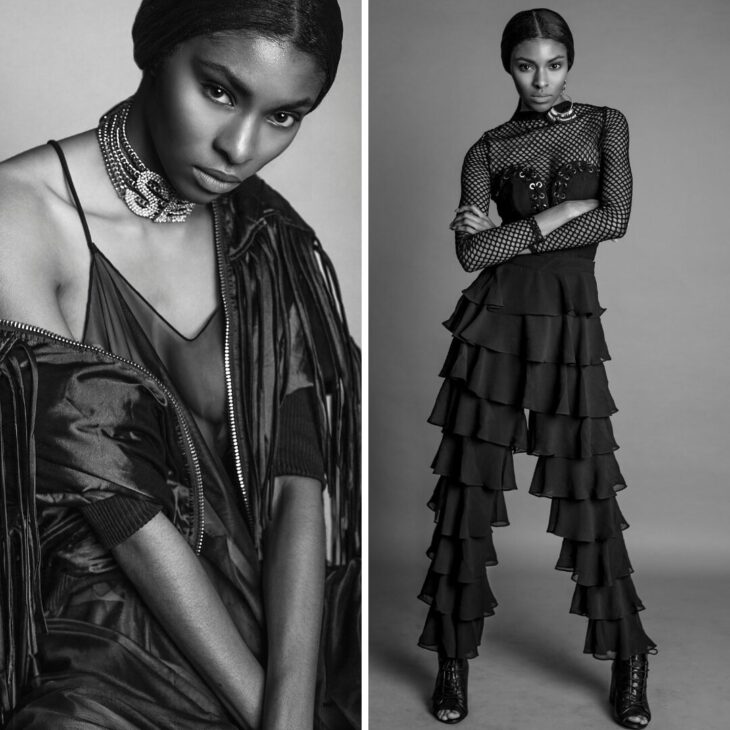
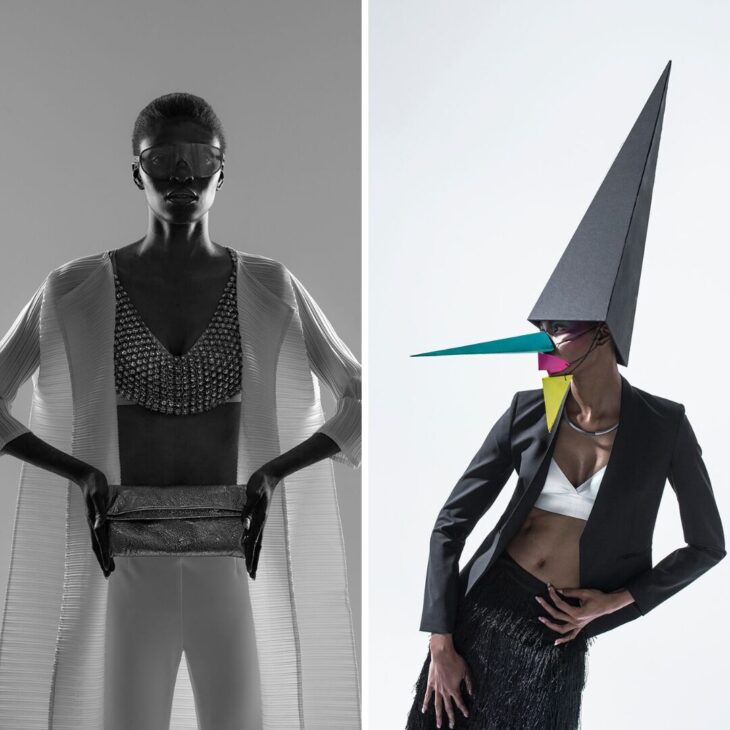
Editorial vs. Commercial vs. Athletic: Different Stories, Different Souls
Editorial Shoots: Emotion and Artistry Editorial work is about storytelling and emotion. Here, you might hold poses longer, use more dramatic angles, and embrace unconventional beauty. Think high fashion magazines—the poses often challenge traditional beauty standards and push creative boundaries.
Commercial Shoots: Relatability and Connection Commercial work needs poses that feel accessible and warm. Your target audience should see themselves in you. Smiles are usually genuine and inviting, poses are more natural, and the overall energy is welcoming rather than intimidating.
Athletic Shoots: Power and Movement Athletic shoots celebrate strength and capability. Poses here are about showcasing power, flexibility, and energy. This isn’t the place for delicate elegance—it’s about dynamic lines and confident strength.
Pre-Shoot Client Conversations
Before any shoot, I have conversations with my clients about their vision. Some key questions I always ask:
- What emotion should viewers feel when they see this image?
- Who is the target audience?
- Are there specific poses or energy levels to avoid?
- What story are we trying to tell?
This isn’t just professional courtesy—it’s essential preparation that ensures we create images that truly serve their purpose.
Building Your Pose Toolkit
Every experienced model develops a collection of go-to poses that feel natural and photograph beautifully. Here’s how I think about building that toolkit:
The Foundation Five
These are my reliable poses that work for most situations:
- The Confident Stance: Weight slightly on back foot, shoulders relaxed but not slouched, one hand naturally placed
- The Gentle Angle: Body at 45 degrees to camera, chin slightly lifted, eyes engaging
- The Soft Lean: Leaning against a wall or surface, but making it look effortless rather than dependent
- The Walking Moment: Mid-stride but controlled, as if captured in a natural moment
- The Seated Grace: Whether on a chair or floor, maintaining elegance through posture
Movement Resources That Shaped My Practice
If you’re serious about developing your movement vocabulary, here are some books that have deeply influenced my approach:
“The Anatomy of Movement” by Blandine Calais-Germain This book opened my eyes to how our bodies actually work. Understanding anatomy isn’t just for dancers—it’s for anyone who wants to move with intention and avoid injury.
“Full Catastrophe Living” by Jon Kabat-Zinn While not specifically about movement, this book taught me mindfulness practices that I bring to every pose. It’s about being present in your body rather than performing from your head.
“The Mindful Body” by Ellen Langer This explores the connection between mind and body in ways that directly translate to posing. When you’re truly present in your body, authentic expression becomes effortless.
“Yoga Body” by Judith Hanson Lasater Even if you’re not interested in yoga, this book offers incredible insights into body awareness, breathing, and the subtle power of aligned posture.
“The Ballet Companion” by Eliza Gaynor Minden For understanding the classical foundation of graceful movement. Ballet principles apply far beyond the studio.
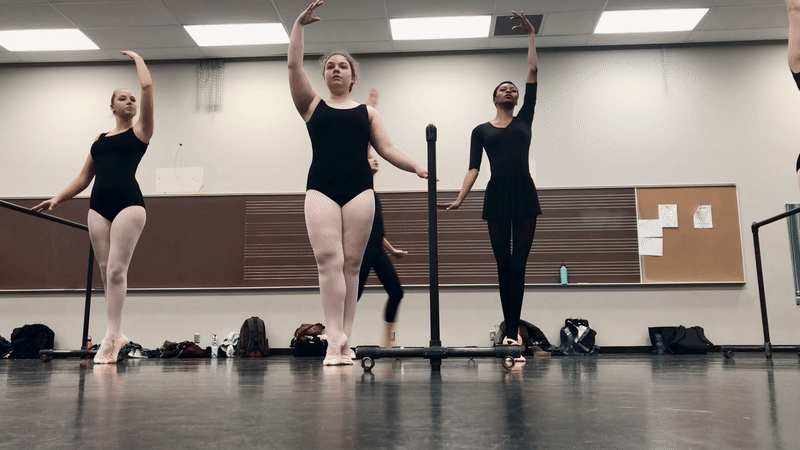
The Gentle Practice of Self-Discovery
Remember, developing your posing abilities isn’t about becoming someone else—it’s about discovering new ways to authentically express who you already are. Every mirror session, every movement class, every shoot is an opportunity to deepen your relationship with your own body and presence.
Start small. Spend ten minutes each day in front of a mirror, not critiquing, but exploring. Notice what feels natural, what feels forced, and what surprises you. Pay attention to how different music changes your movement, how your mood affects your posture, how lighting shifts your energy.
Moving Forward with Intention
As you develop your own approach to posing, remember that technique serves authenticity, not the other way around. The goal isn’t to master a checklist of poses—it’s to develop such deep body awareness that you can authentically inhabit any character or energy a shoot requires.
Your body is your instrument, and like any instrument, it becomes more expressive the more mindfully you practice. Be patient with yourself, stay curious about movement, and remember that the most captivating poses come not from perfection, but from genuine presence.
In our fast-paced, image-saturated world, there’s something revolutionary about taking the time to truly understand and honor how your body moves through space. This practice extends far beyond photography—it’s about moving through life with greater awareness, confidence, and grace.
Trust your instincts, embrace your unique way of moving, and remember that authenticity will always be more captivating than perfection.
What movement practices have shaped your relationship with your body? I’d love to hear about your own discoveries in the comments below.
